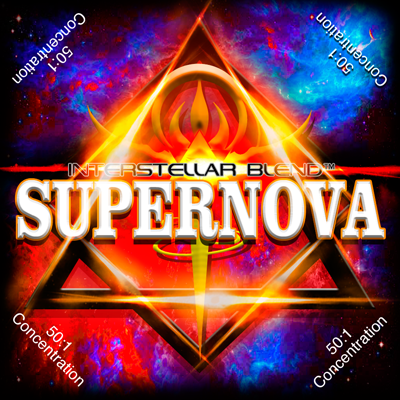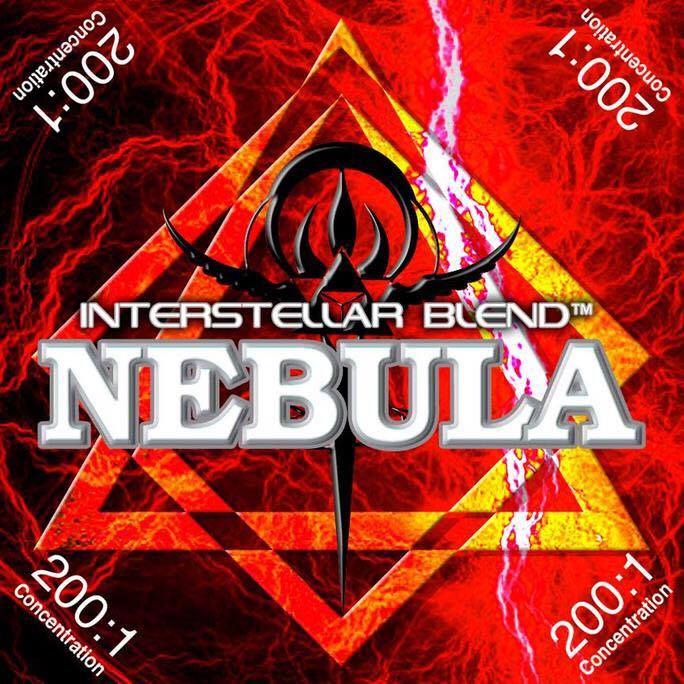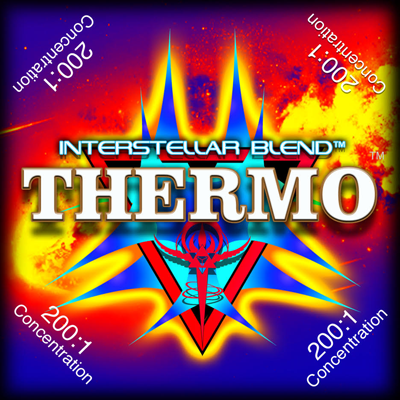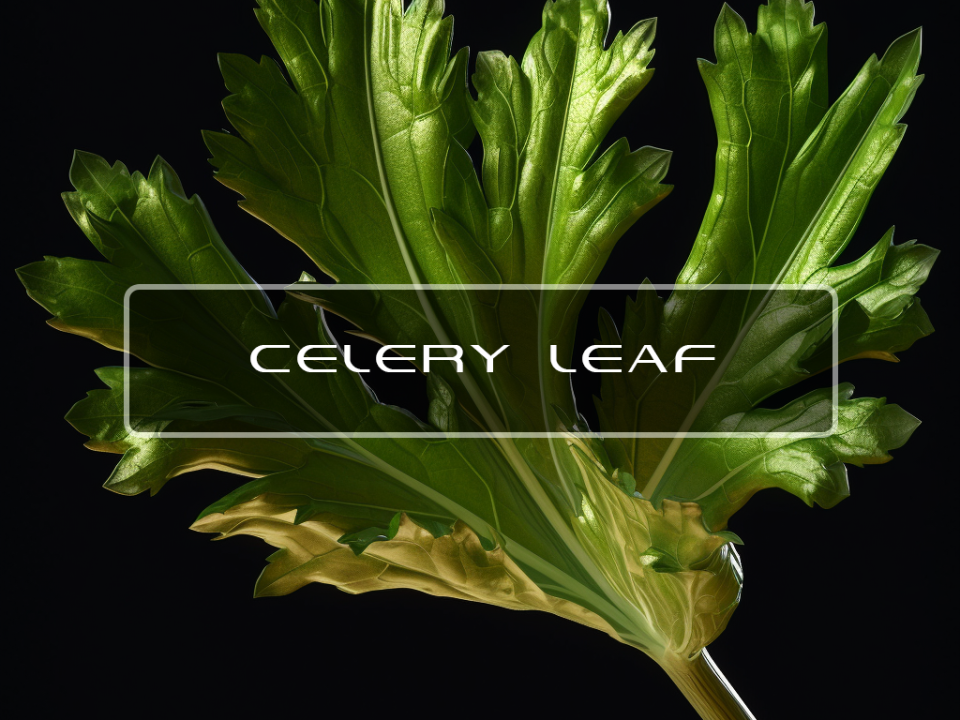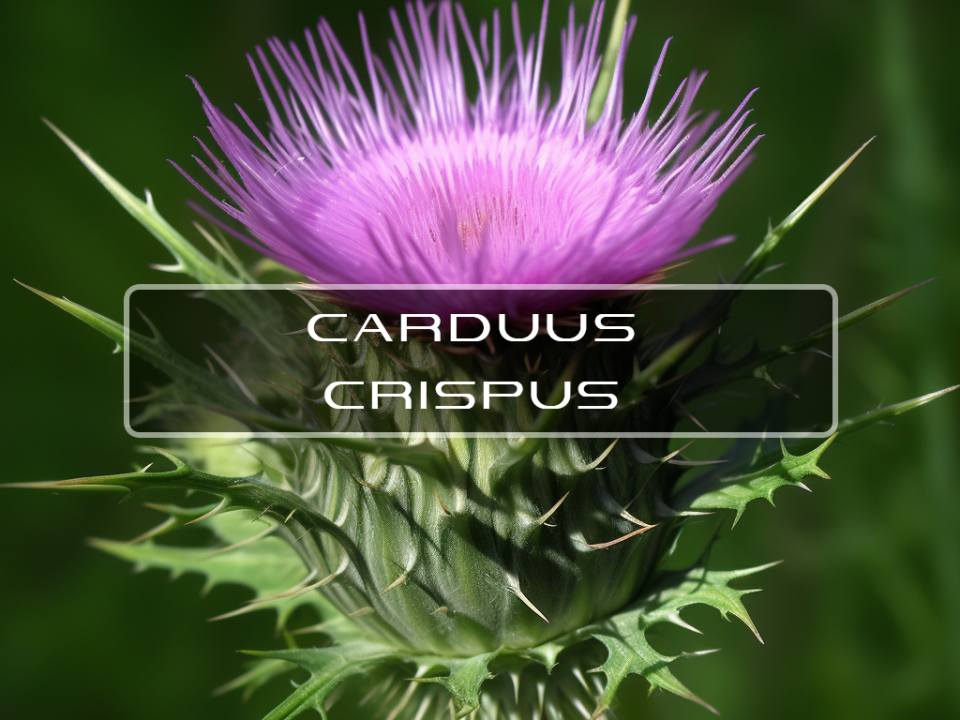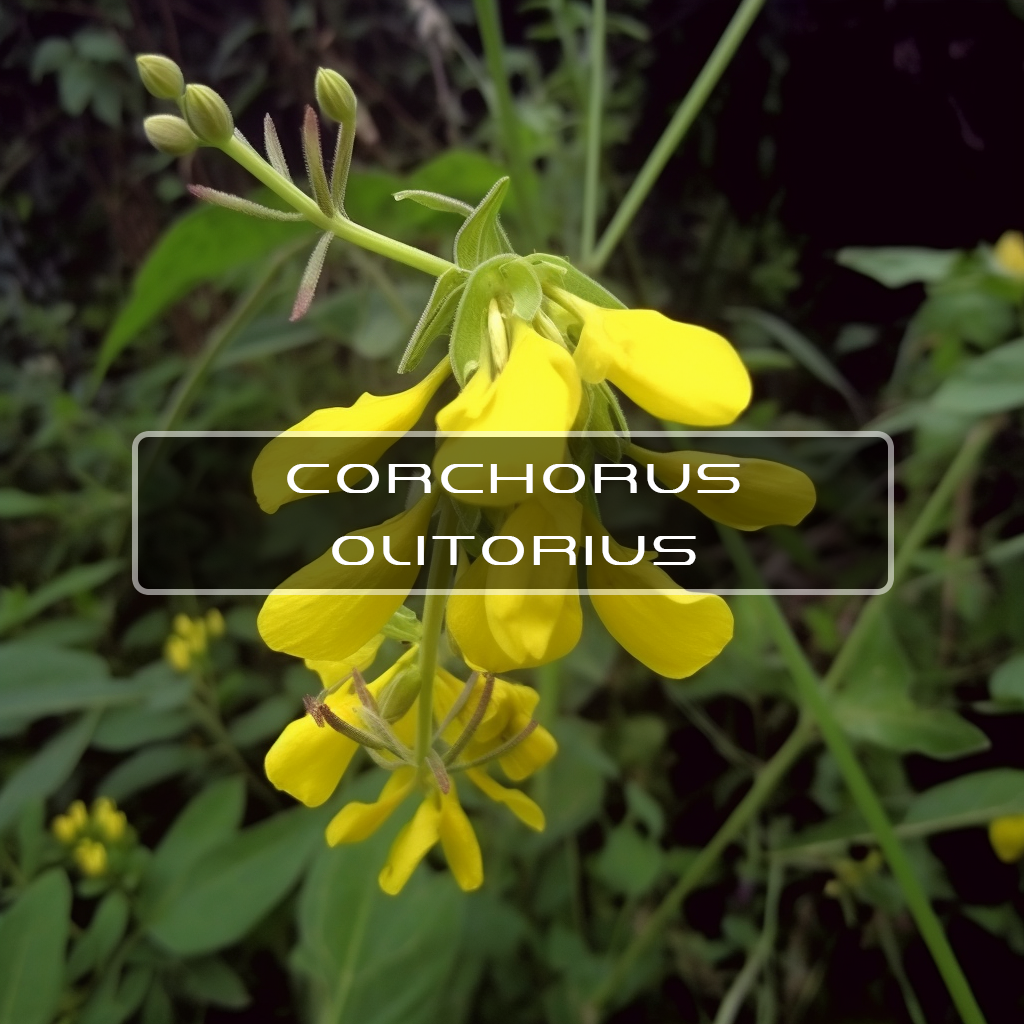
Corchorus Olitorius
September 8, 2018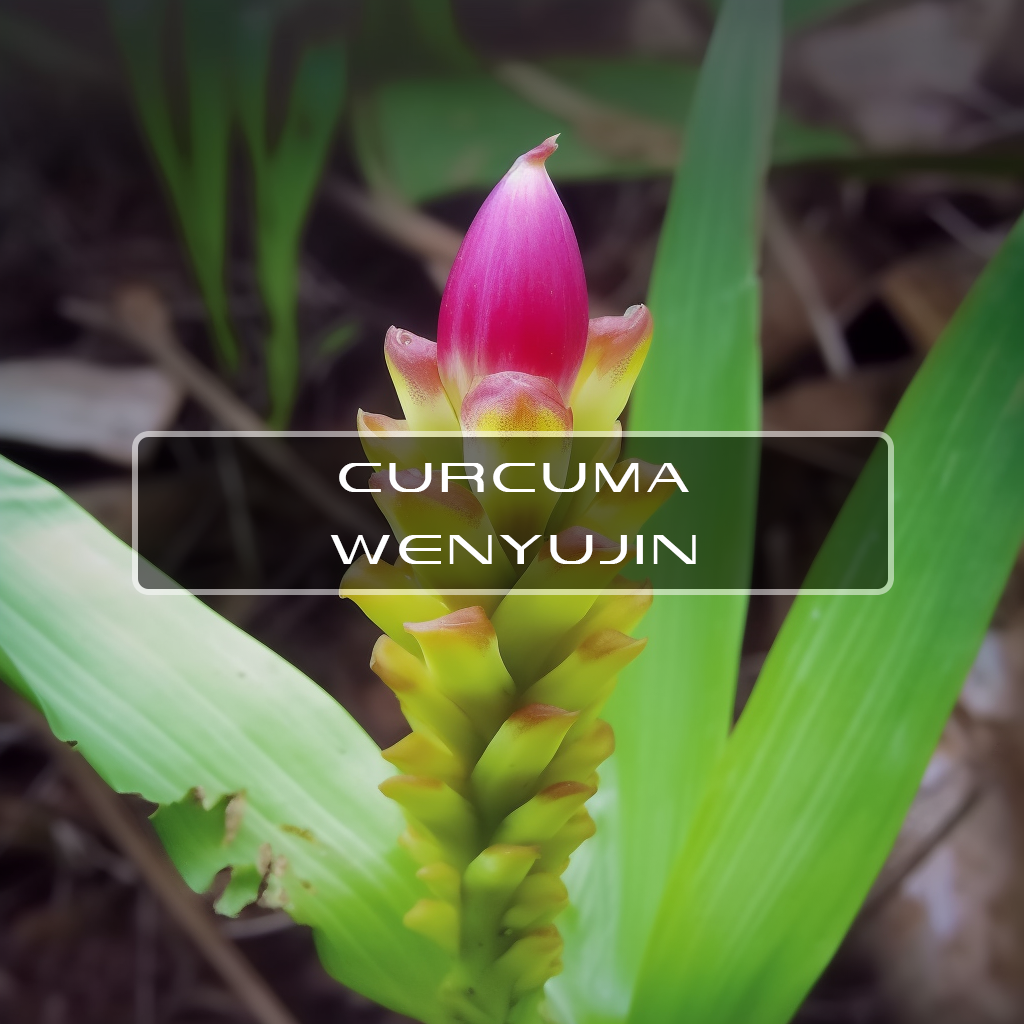
Curcuma Wenyujin
September 8, 2018Crocus Sativus

Crocus translates to "thread" in Greek, which refers to the appearance of the stamens. Saffron is a small perennial spice and must be handpicked. This spice has been around for thousands of years and is thought to have originated in Persia which was then propagated to Eurasia and parts of North America. The stems can grow up to 20 to 30 cm in height and grow between October and February.
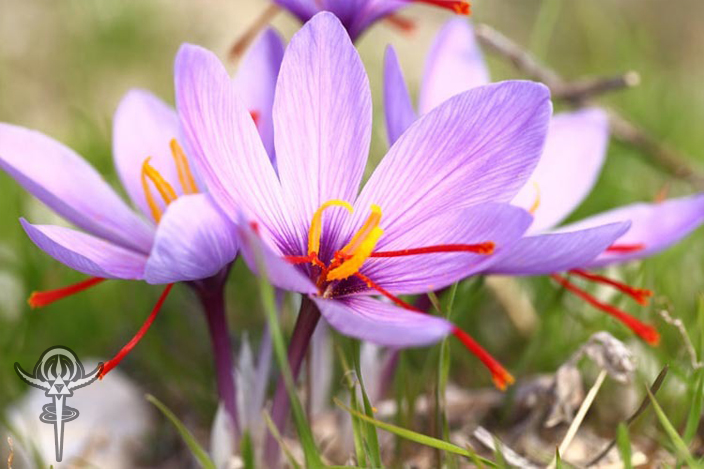
Benefits of Crocus Sativus
Our data suggest that saffron may exert its chemopreventive effects by modulation of lipid peroxidation, antioxidants and detoxification systems.
Hence, it is suggested that future research be warranted that will define the possible use of saffron as an effective anticancer and chemopreventive agent in clinical trials. Although data from in vitro studies look convincing, well designed clinical trials in humans are needed to ascertain whether saffron can become part of our armamentarium against cancer.
Anti-Proliferic Effects - This study investigated the anti-proliferative effects of Crocus sativus extract and its major constituent, crocin, on three colorectal cancer cell lines (HCT-116, SW-480, and HT-29). The cell growth inhibition effect was compared to that of non-small cell lung cancer (NSCLC) cells. In addition, Crocus sativus' effect on non-cancer cells was evaluated.
Data from this study demonstrated that Crocus sativus extract and its major constituent, crocin, significantly inhibited the growth of colorectal cancer cells while not affecting normal cells. Crocus sativus extract should be investigated further as a viable option in the treatment of colorectal cancer.
Anti - Tumor - Since ancient times, saffron (dried stigmas of Crocus sativus L.) has been used as a spice and medicinal herb. Saffron is a rich source of carotenoids and is known for its anti-cancer and antitumor properties.
Pre-treatment with saffron significantly inhibited anti-tumor drugs induced cellular DNA damage (strand breaks) as revealed by decreased comet tail length, tail moment and percent DNA in the tail. These findings, together with our previous results, suggest a potential role for saffron as an anti-genotoxic, anti-oxidant and chemopreventive agent and could be used as an adjuvant in chemotherapeutic applications.
They showed that even higher concentrations of saffron is safe for L929, but the extract exerts pro-apoptotic effects in a lung cancer-derived cell line and could be considered as a potential chemotherapeutic agent in lung cancer.
Corms of Crocus sativus L. (Iridaceae) contain a glycoconjugate that shows cytotoxic activity on tumoral cells in culture. Studies of intracellular calcium fluctuations, and release of lactate dehydrogenase in human cervical epitheloid carcinoma cells, showed that this compound caused plasma membrane damage, allowing movements of both calcium and macromolecules, and leading to cell lysis.
Altogether, these results suggests a distinctive cytotoxic activity of this molecule on different human cell types.
Apoptosis - We investigated the potential of the ethanolic extract of saffron to induce cytotoxic and apoptosis effects in carcinomic human alveolar basal epithelial cells (A549), a commonly used cell culture system for in vitro studies on lung cancer.
Saffron-induced apoptosis of the A549 cells in a concentration-dependent manner, as determined by flow cytometry histogram of treated cells that induced apoptotic cell death, is involved in the toxicity of saffron. It might be concluded that saffron could cause cell death in the A549 cells, in which apoptosis plays an important role. Saffron could also be considered as a promising chemotherapeutic agent in lung cancer treatment in future.
Our preclinical study demonstrated a pancreatic cancer cell line to be highly sensitive to crocin-mediated growth inhibition and apoptotic cell death. Although the molecular mechanisms of crocin action are not yet clearly understood, it appears to have potential as a therapeutic agent.
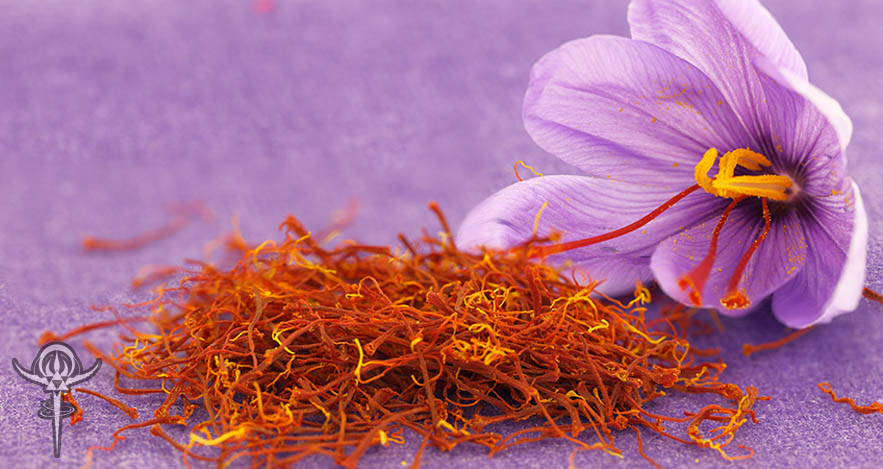
Related Products



